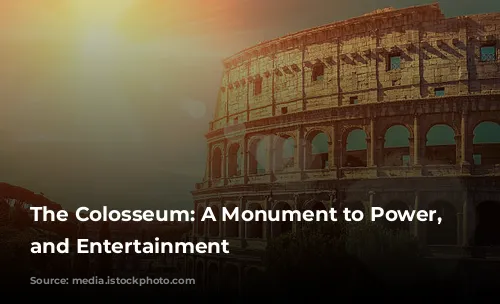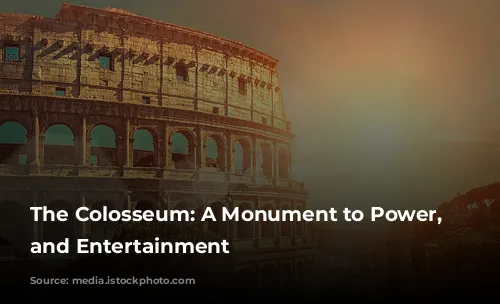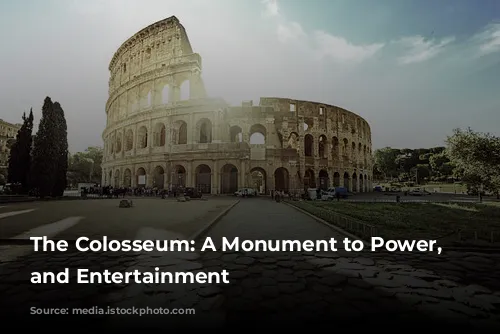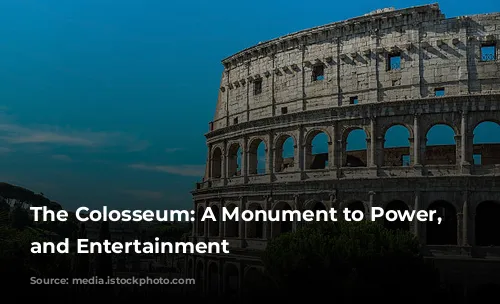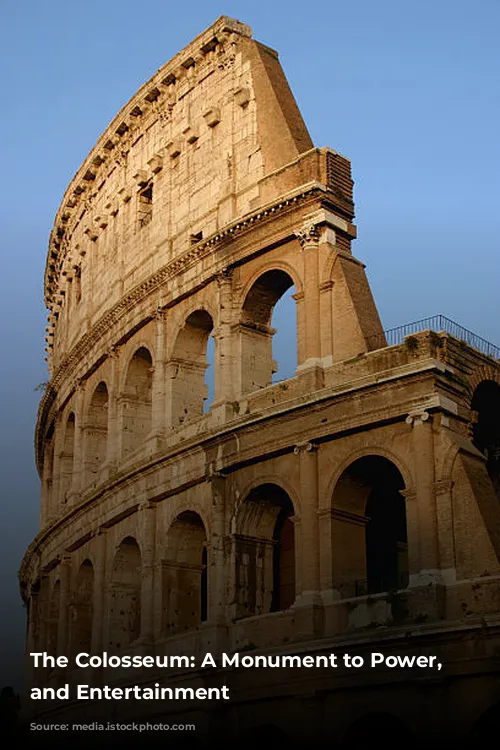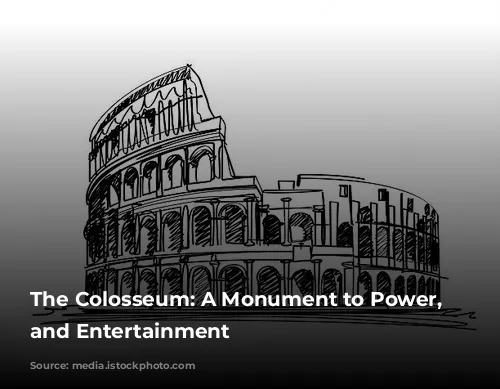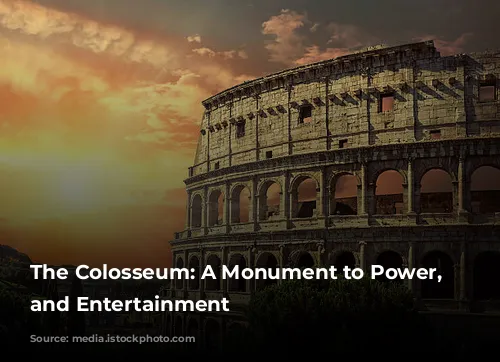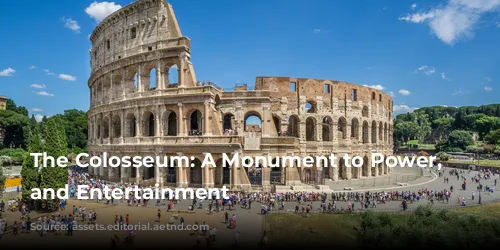The Colosseum, also known as the Flavian Amphitheater, stands as a remarkable testament to the grandeur of ancient Rome. This iconic structure, built during the first century A.D., is not only a marvel of architecture and engineering but also a poignant reminder of the brutal entertainment that defined life in the Roman Empire.
The Colosseum was constructed under the reign of the Flavian Dynasty, spearheaded by Emperor Vespasian and his sons Titus and Domitian. The dynasty, determined to restore the city from the devastating effects of fire, plague, and civil war, embarked on an ambitious building program. The Colosseum, funded by the spoils of the Roman siege of Jerusalem, symbolized Rome’s resurgence and the Flavians’ dominance.

An Engineering Masterpiece
The Colosseum was an architectural and engineering marvel, the largest and most sophisticated permanent amphitheater of its time. Constructed with an extraordinary combination of materials – concrete, travertine, marble, stone, and timber – this colossal structure rose to a height of 157 feet, capable of accommodating an estimated 50,000 to 80,000 spectators.
The Colosseum’s construction was a testament to the innovative use of concrete, a material that allowed for the creation of complex and durable structures. This innovative approach to building, combined with the solid concrete foundation, has allowed the Colosseum to stand for over 2,000 years.

A Place for Public Enjoyment and Social Hierarchy
The Colosseum served as a place of entertainment, but its design also reinforced the rigid social hierarchy of ancient Roman society. The location of seating, meticulously organized, reflected the status of each spectator. The most prominent seats, closest to the arena, were reserved for the Emperor and the elite. The Equestrian order, composed of wealthy merchants, artisans, and bureaucrats, occupied the next level. The remaining 95 percent of Rome’s population, including women, foreigners, and the less privileged, were relegated to the higher, less desirable sections.
The Colosseum’s intricate design facilitated the orderly flow of people, ensuring that spectators were directed to their designated seating areas. Despite the hierarchical seating arrangement, the Colosseum’s elliptical architecture ensured that everyone had a clear view of the action taking place in the arena.
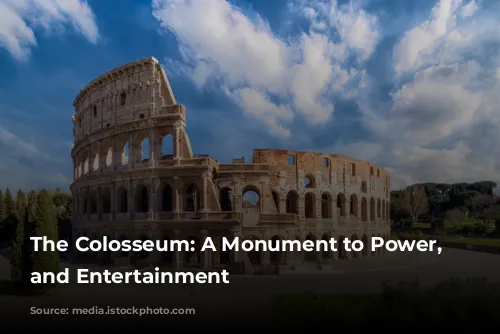
A Theater of Blood and Spectacle
The Colosseum served as a stage for a variety of spectacles, including gladiatorial combat, animal hunts, and even mock sea battles. The amphitheater’s complex network of underground chambers and tunnels, known as the hypogeum, concealed props, scenery, and participants. Ingenious trap doors, pulleys, and lifts facilitated dramatic entrances for combatants and scenery, creating captivating and unexpected moments.
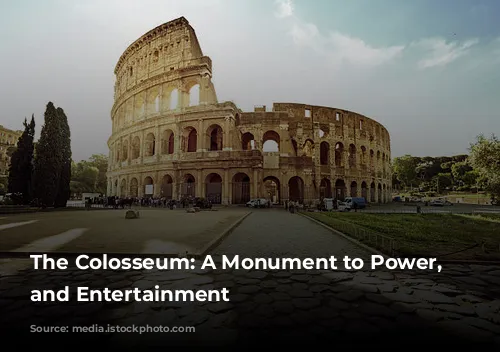
The Lasting Legacy of the Colosseum
The Colosseum, beyond its significance as a symbol of Roman power and spectacle, is also recognized as the progenitor of modern sports stadiums. Its use of arches, elliptical shape, and organized seating systems have inspired the design of many stadiums today.
The Colosseum, a masterpiece of engineering and a powerful symbol of ancient Roman civilization, continues to captivate visitors from around the world. Its enduring legacy reminds us of the ingenuity and grandeur of the past and continues to inspire architects and engineers today.

